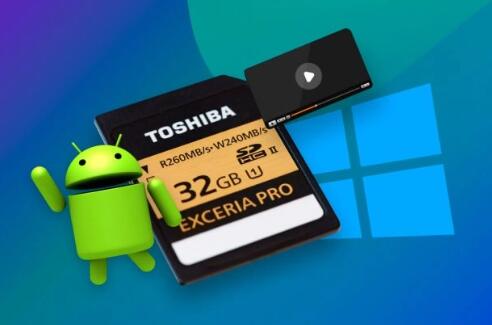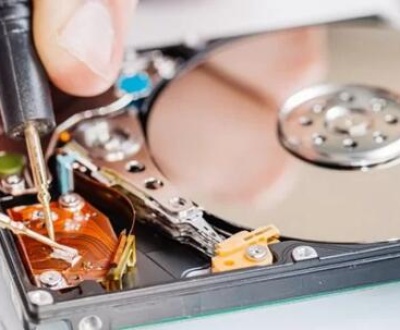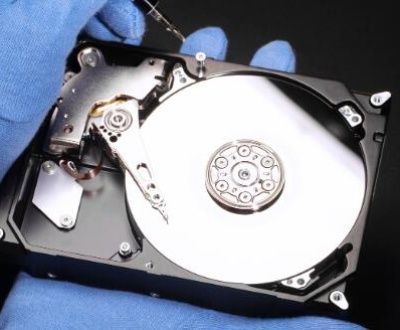Losing important files from an SD card can be distressing, especially when they contain precious memories like photos and videos. Fortunately, there are effective methods for recovering deleted files from an SD card on your Android device.
When you delete files from an SD card, they aren’t immediately erased. Instead, the space they occupied is marked as available for new data. This means that the files can often be recovered until that space is overwritten. Understanding this principle is crucial for effective recovery.
1. Initial Steps to Take
Stop Using the SD Card
Once you realize files are missing, immediately stop using the SD card to prevent overwriting the deleted data. Avoid saving new files, photos, or apps that might use the SD card.
Check the Recycle Bin or Trash
Some Android devices have a Recycle Bin or Trash feature for files. Check your gallery or file manager app to see if your deleted files are there. If they are, you can restore them directly.

2. Using File Recovery Apps
There are several applications designed specifically for recovering deleted files from an SD card on Android devices. Here are some popular options:
A. Panda Assistant
Panda Assistant is an innovative data recovery software designed to help users effortlessly recover lost or deleted files from various storage devices, including SD cards, USB drives, and external hard drives. With its user-friendly interface and powerful recovery algorithms, Panda Assistant stands out as a go-to solution for both casual users and professionals alike. The software supports a wide range of file formats, ensuring that users can retrieve documents, photos, videos, and more.
What sets Panda Assistant apart is its ability to delve deep into storage media, scanning for recoverable data even after formatting or accidental deletion. Users can easily navigate the recovery process, selecting specific files or entire folders to restore, which enhances the efficiency and effectiveness of the software. Additionally, Panda Assistant prioritizes data integrity, ensuring that recovered files maintain their original quality.
B. EaseUS MobiSaver
Overview: EaseUS MobiSaver is another reliable recovery tool that can help recover lost data from your Android SD card.
How to Use:
Download and Install: Install EaseUS MobiSaver from the Google Play Store.
Connect the Device: Connect your Android device to a computer using a USB cable, ensuring USB debugging is enabled.
Launch the Software: Open EaseUS MobiSaver on your computer.
Scan for Lost Data: Follow the prompts to scan the SD card for deleted files.
Preview and Recover: After the scan, preview the recoverable files and select the ones you want to restore.
C. Dr.Fone
Overview: Dr.Fone is a comprehensive data recovery solution that works well for recovering lost files from Android devices.
How to Use:
Download and Install: Get Dr.Fone from the official website and install it on your computer.
Connect Your Device: Use a USB cable to connect your Android device to the computer.
Launch the Program: Open Dr.Fone and select “Data Recovery.”
Scan Your Device: Follow the instructions to scan your SD card for deleted files.
Recover Your Files: Once the scan is complete, you can preview and recover the desired files.
3. Manual Recovery via Computer
If the recovery apps are not an option, you can try recovering files using your computer.
A. Connect the SD Card to Your Computer
Use an SD card reader to connect the SD card to your computer.
Ensure the computer recognizes the SD card and that it’s mounted properly.
B. Use File Recovery Software on PC
Several recovery programs are available for computers that can also recover files from SD cards. Some popular choices include:
Recuva
Stellar Data Recovery
PhotoRec
Steps:
Download and Install: Choose and install one of the recovery software options.
Scan the SD Card: Open the software and select the SD card to scan for deleted files.
Preview and Recover: Once the scan is finished, preview the files and recover the ones you need.
4. Preventive Measures for the Future
Once you recover your files, consider implementing these preventive measures to avoid future data loss.
A. Regular Backups
Regularly back up your SD card data to a cloud service or external storage. Options include:
Google Drive
Dropbox
External Hard Drives
B. Use a Reliable Antivirus
Malware can corrupt files or delete them. Use a reliable antivirus program to protect your device and SD card.
C. Safely Eject the SD Card
Always eject the SD card properly from your device to prevent file corruption. Use the “Eject” option on your device before physically removing it.
5. Troubleshooting Common Issues
A. SD Card Not Recognized
If your SD card isn’t recognized by your device or computer, try the following:
Reinsert the SD Card: Remove and reinsert it.
Check Compatibility: Ensure the SD card is compatible with your device.
Try Another Device: Test the card in another device to rule out hardware issues.
B. Corrupted Files
If files appear corrupted after recovery, they may be permanently damaged. Try to recover them using a different recovery method or software.
About us and this blog
Panda Assistant is built on the latest data recovery algorithms, ensuring that no file is too damaged, too lost, or too corrupted to be recovered.
Request a free quote
We believe that data recovery shouldn’t be a daunting task. That’s why we’ve designed Panda Assistant to be as easy to use as it is powerful. With a few clicks, you can initiate a scan, preview recoverable files, and restore your data all within a matter of minutes.
Subscribe to our newsletter!
More from our blog
See all postsRecent Posts
- Data recovery salt lake city utah 2025-04-18
- Data recovery sacramento 2025-04-18
- Data recovery miami 2025-04-18

 Try lt Free
Try lt Free Recovery success rate of up to
Recovery success rate of up to









